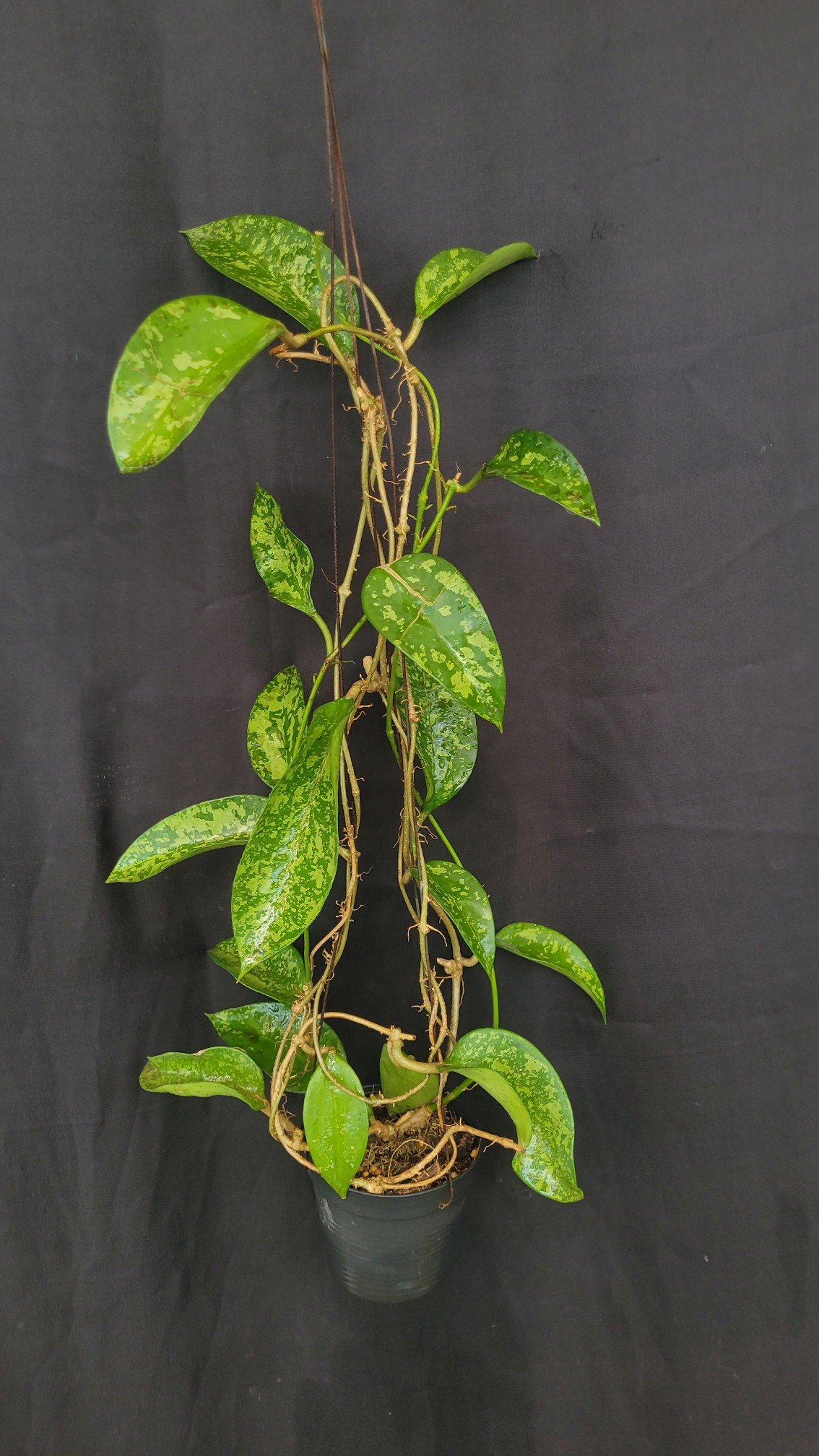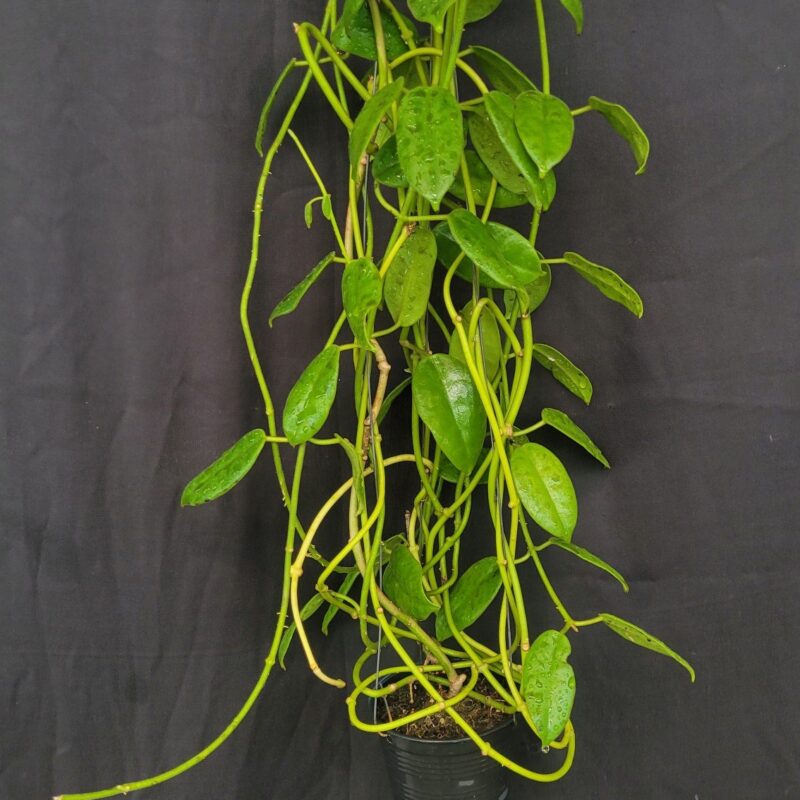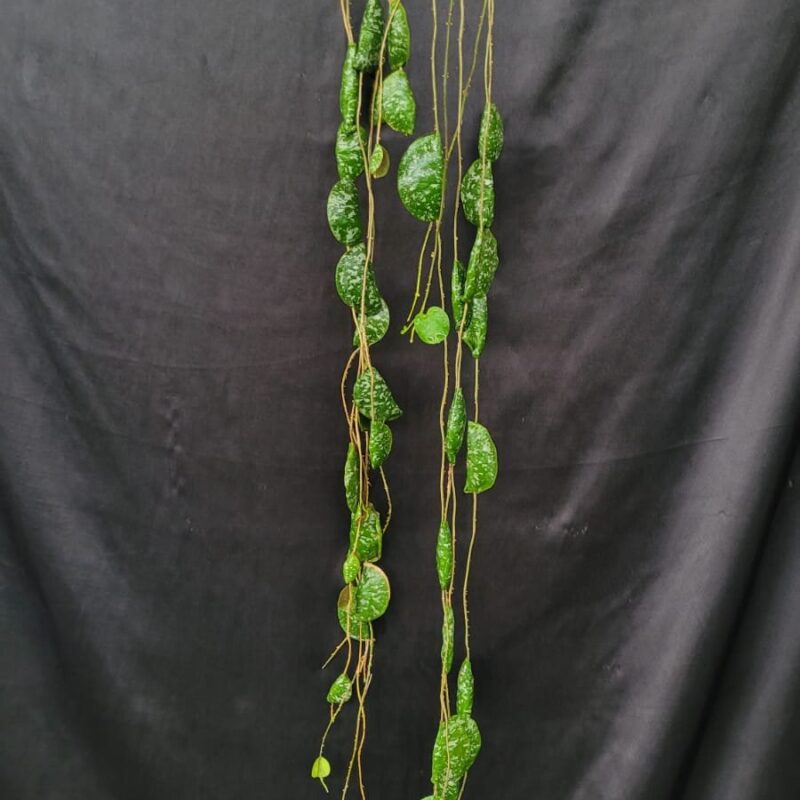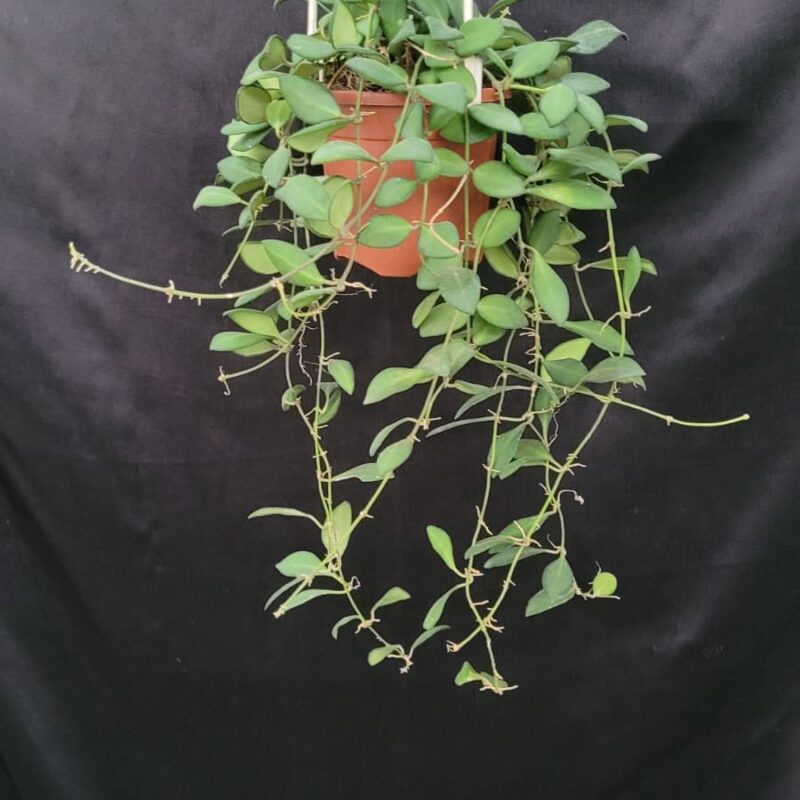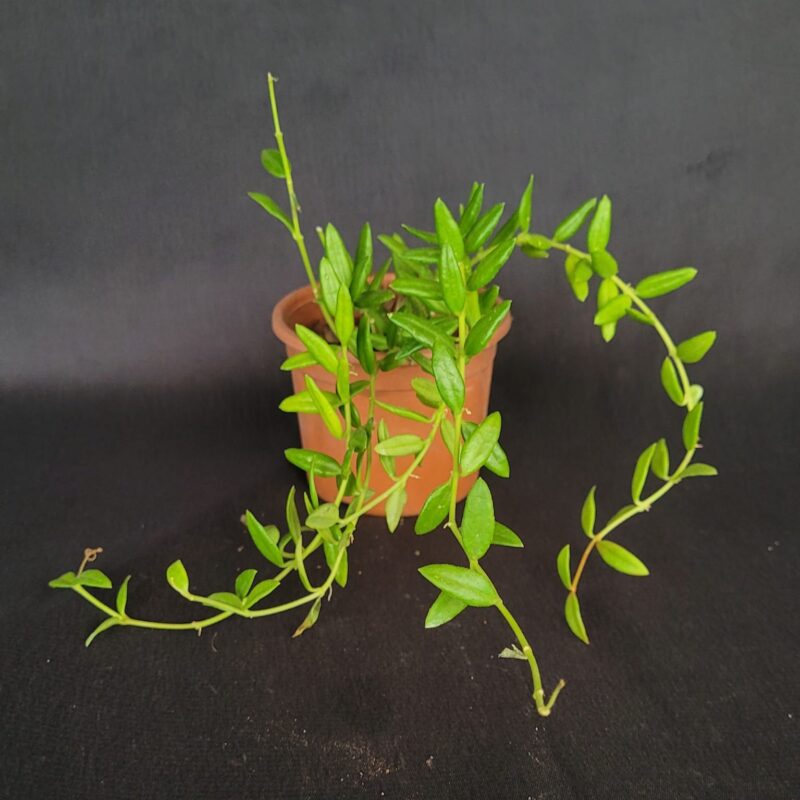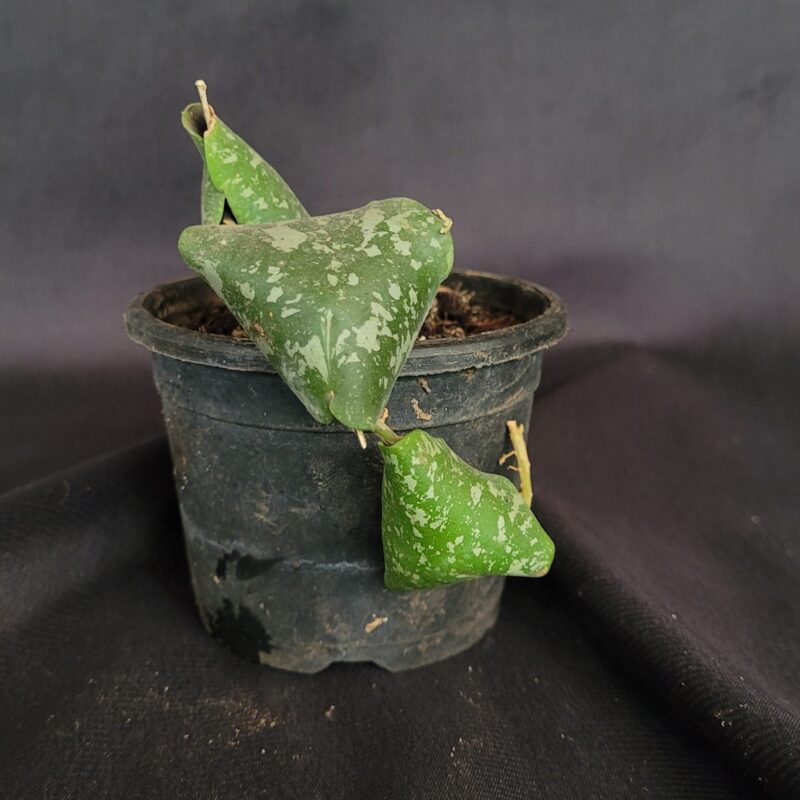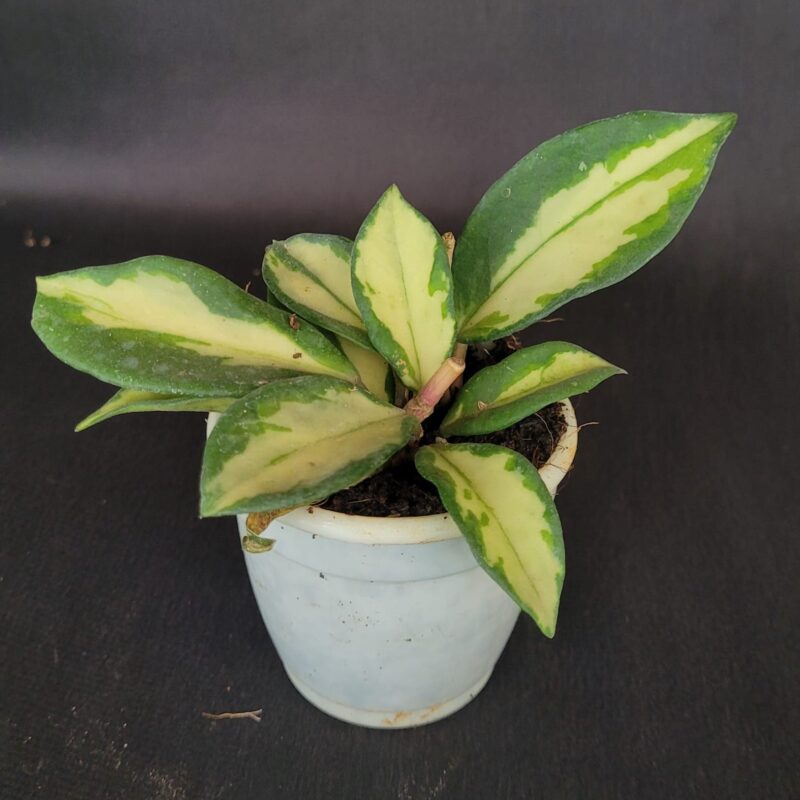Hoya Bicolor is a beautiful and fragrant tropical plant that is native to the Philippines. It is a member of the Apocynaceae family and is closely related to the hoya incrassata.
Appearance:
* Leaves: Hoya bicolor has thick, succulent leaves that are usually dark green with lighter green or silver markings. The leaves are oval-shaped and have a glossy finish.
* Flowers: The flowers of Hoya bicolor are small and star-shaped, with five petals. They are typically white or cream-colored with a red or pink center. The flowers are produced in clusters of 10-20 and have a strong, sweet scent.
* Growth habit: Hoya bicolor is a vining plant that can grow up to 6 feet (1.8 meters) long. It is a slow-growing plant that can be trained to climb a trellis or moss pole.
Care:
* Light: Hoya bicolor prefers bright, indirect light. It can tolerate some direct sunlight, but too much can burn the leaves.
* Water: Hoya bicolor is a drought-tolerant plant that does not require frequent watering. Allow the soil to dry out completely between waterings.
* Temperature: Hoya bicolor prefers warm temperatures between 70-80°F (21-27°C). It can tolerate cooler temperatures, but it may not flower as often.
* Humidity: Hoya bicolor prefers moderate humidity. It can tolerate lower humidity, but the tips of the leaves may turn brown if it is too dry.
* Soil: Hoya bicolor prefers a well-drained potting mix. A mix of peat moss, perlite, and orchid bark is a good option.
* Fertilizer: Fertilize Hoya bicolor once a month during the growing season (spring and summer) with a balanced fertilizer.
* Pruning: Prune Hoya bicolor after it has finished flowering to shape the plant and encourage new growth.
* Propagation: Hoya bicolor can be propagated from stem cuttings. Take a 4-6 inch (10-15 cm) stem cutting and remove the leaves from the bottom 2 inches (5 cm). Insert the cutting into a pot of well-drained potting mix and water it thoroughly. Keep the pot in a warm, humid location until the cutting roots.
Overall, Hoya Bicolor is a beautiful and easy-to-care-for plant. It is a great choice for beginners and experienced gardeners alike.
"BLOOM WHERE YOU ARE PLANTED!"
